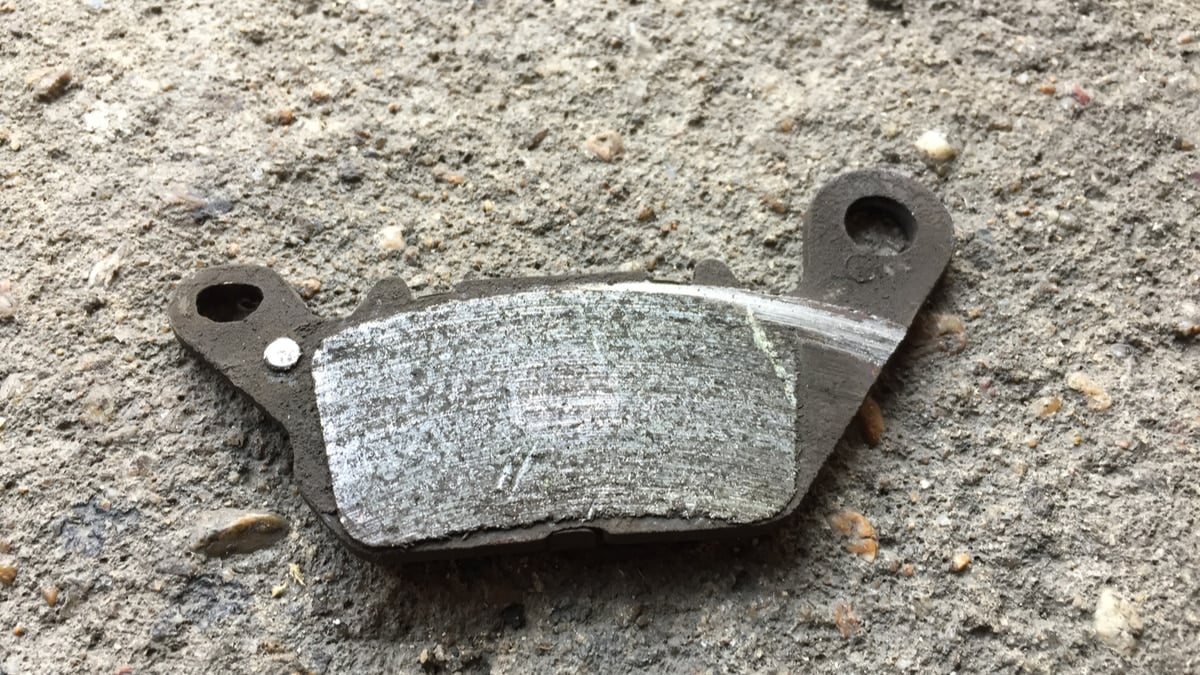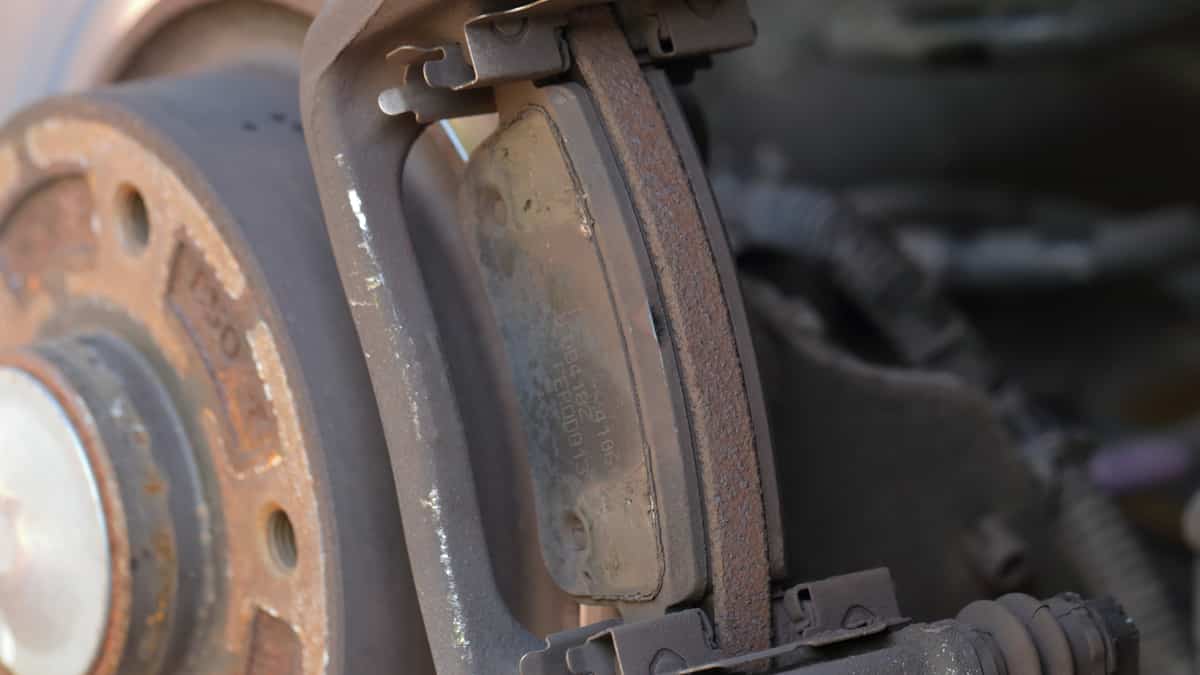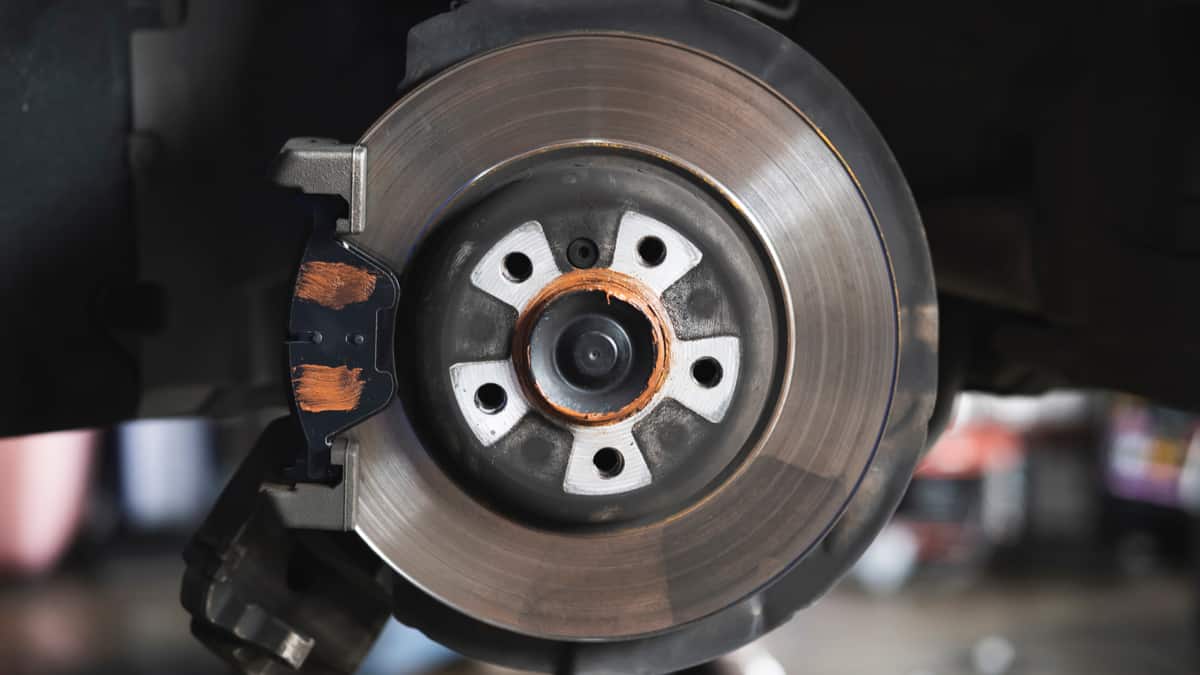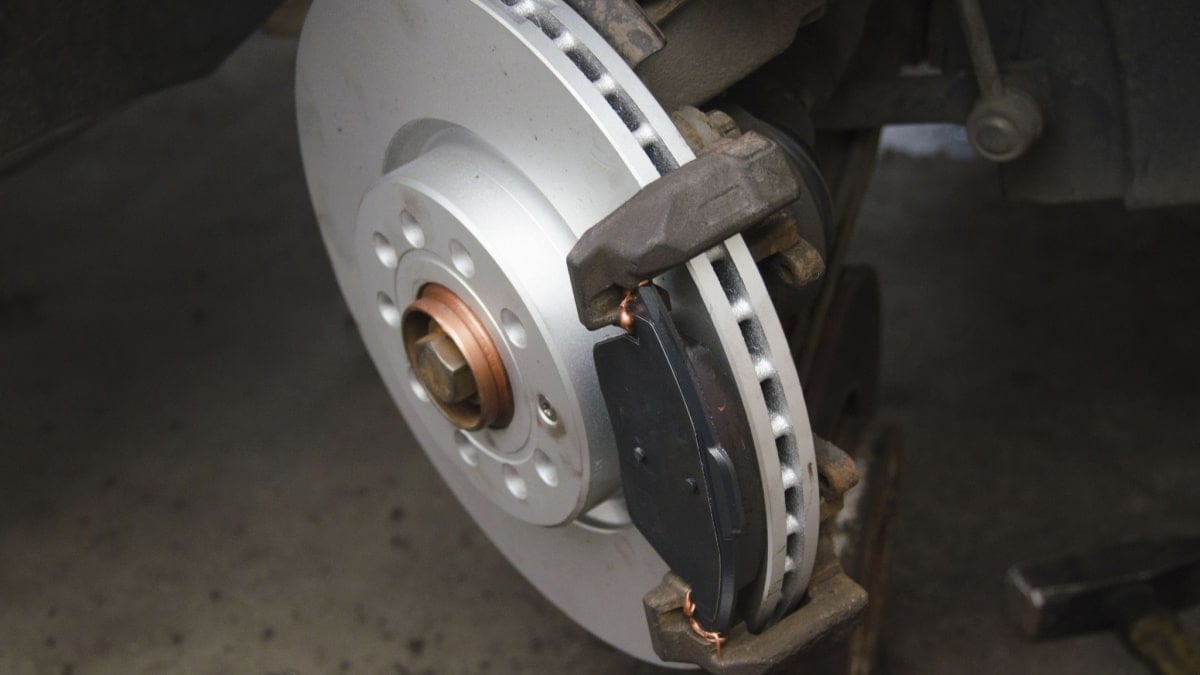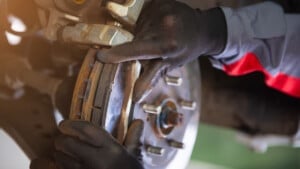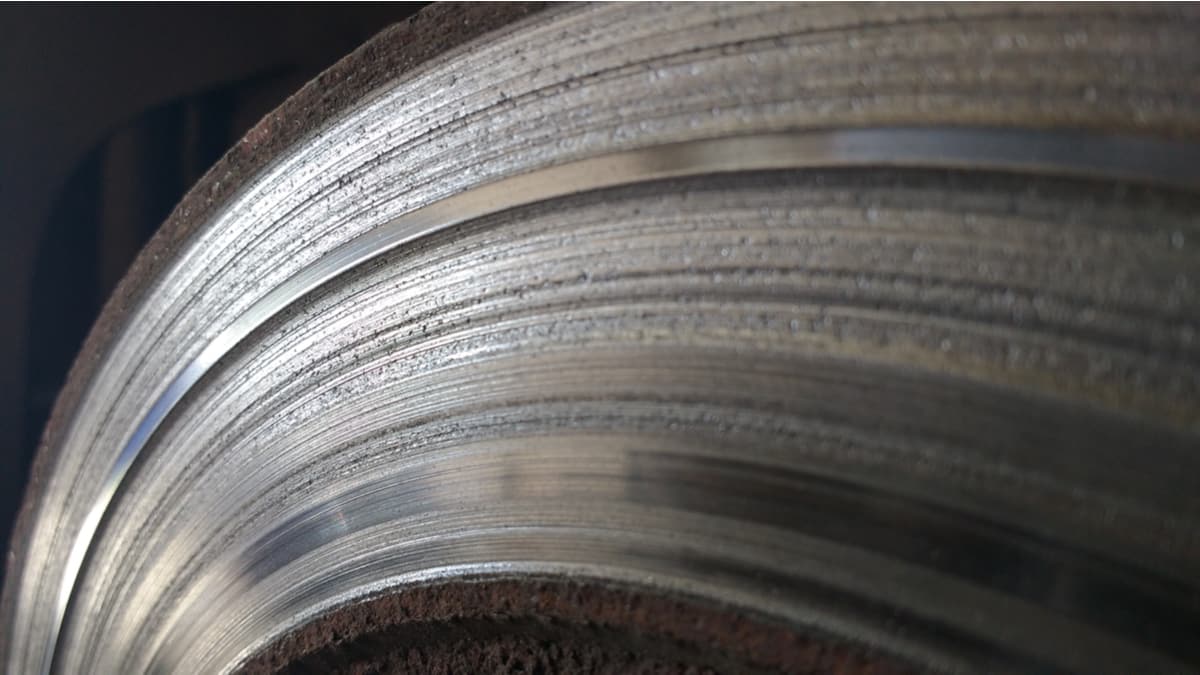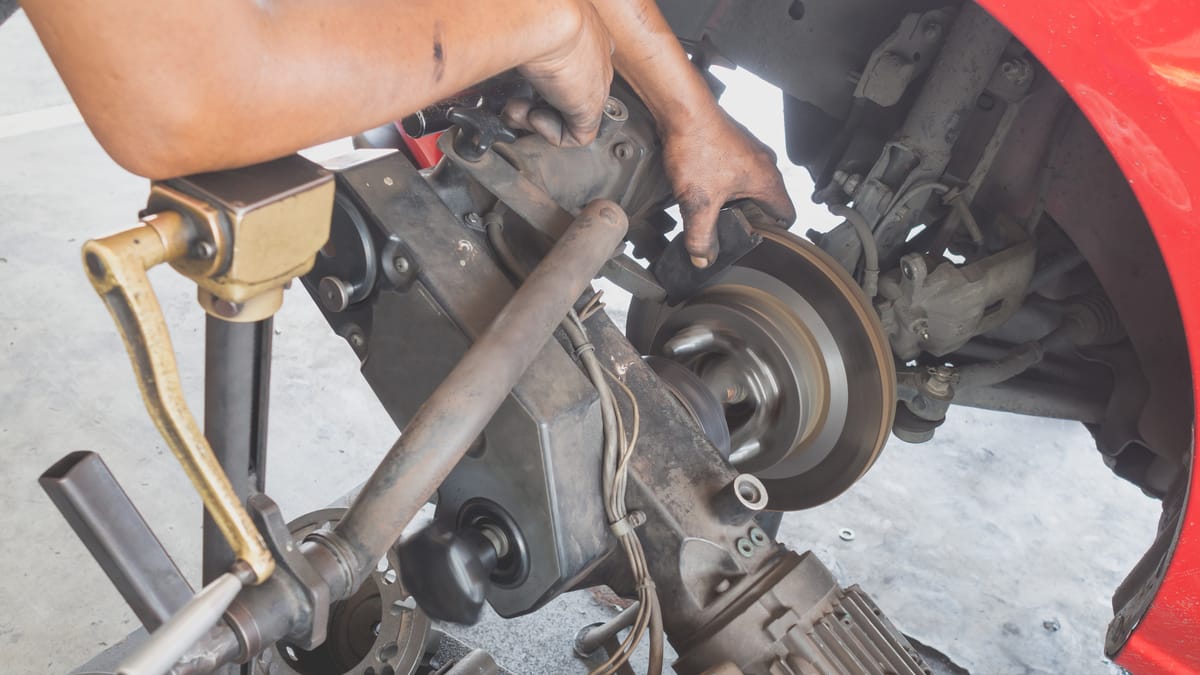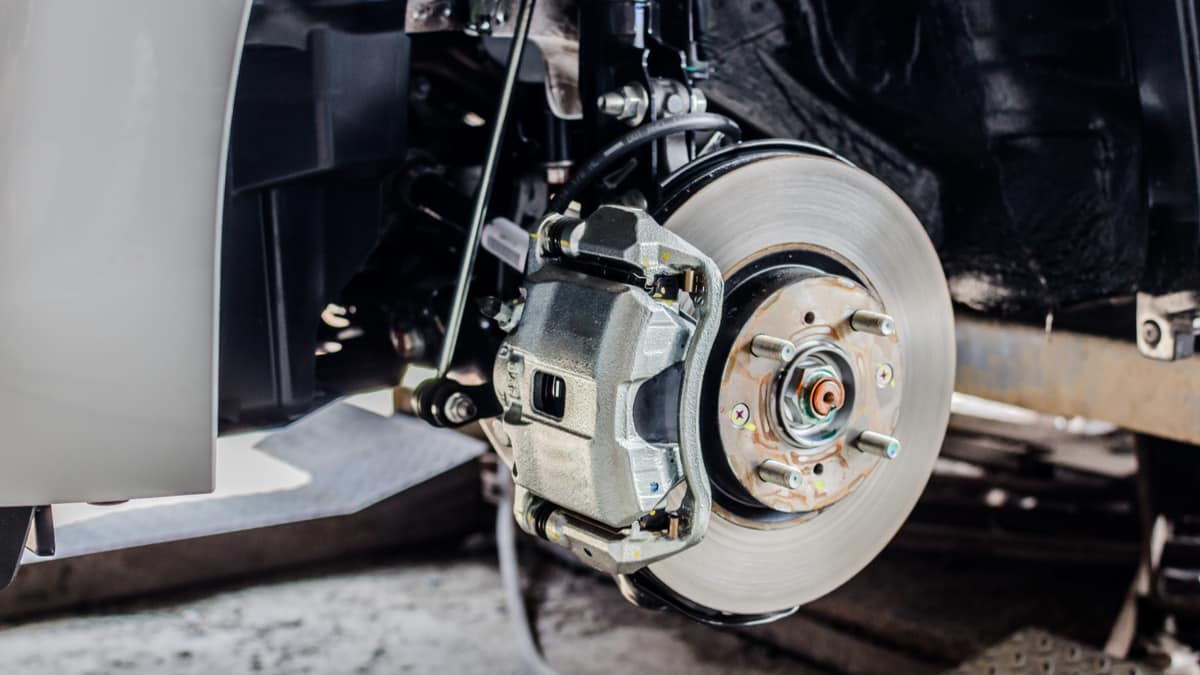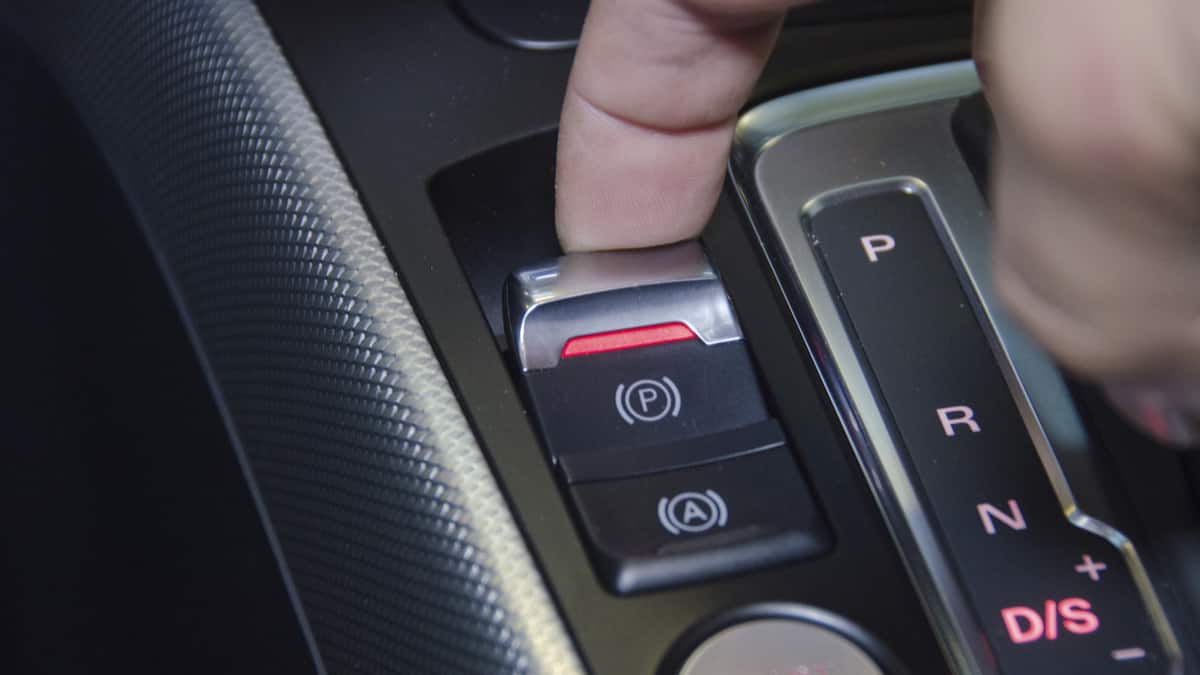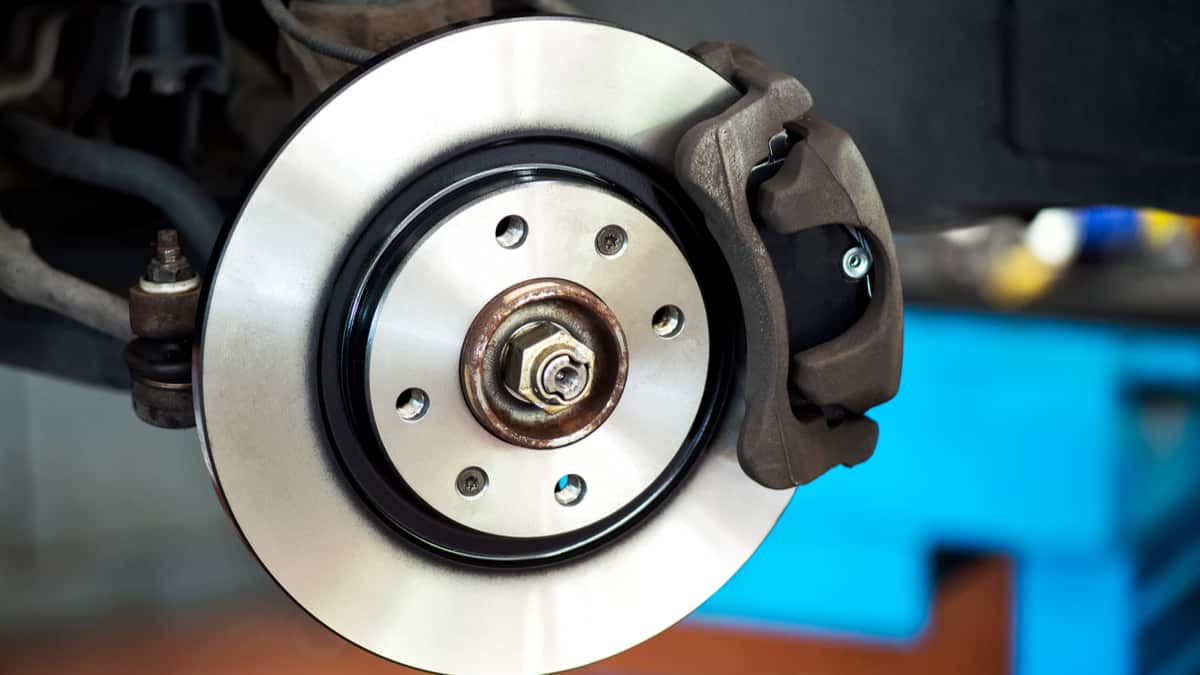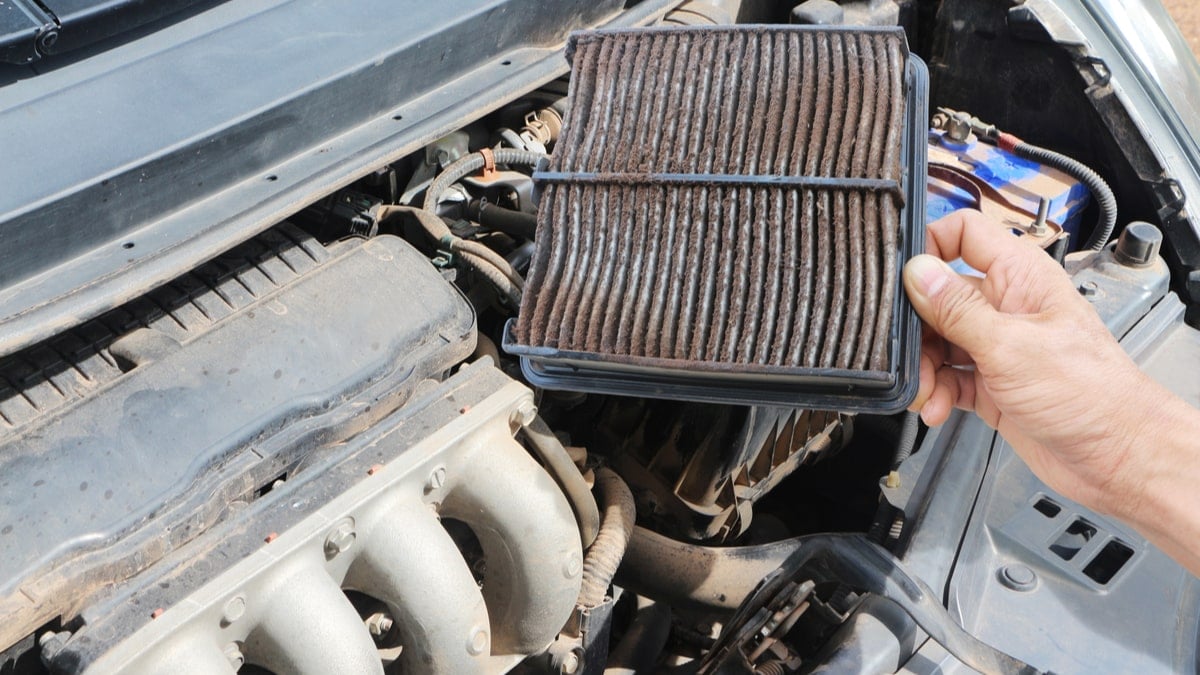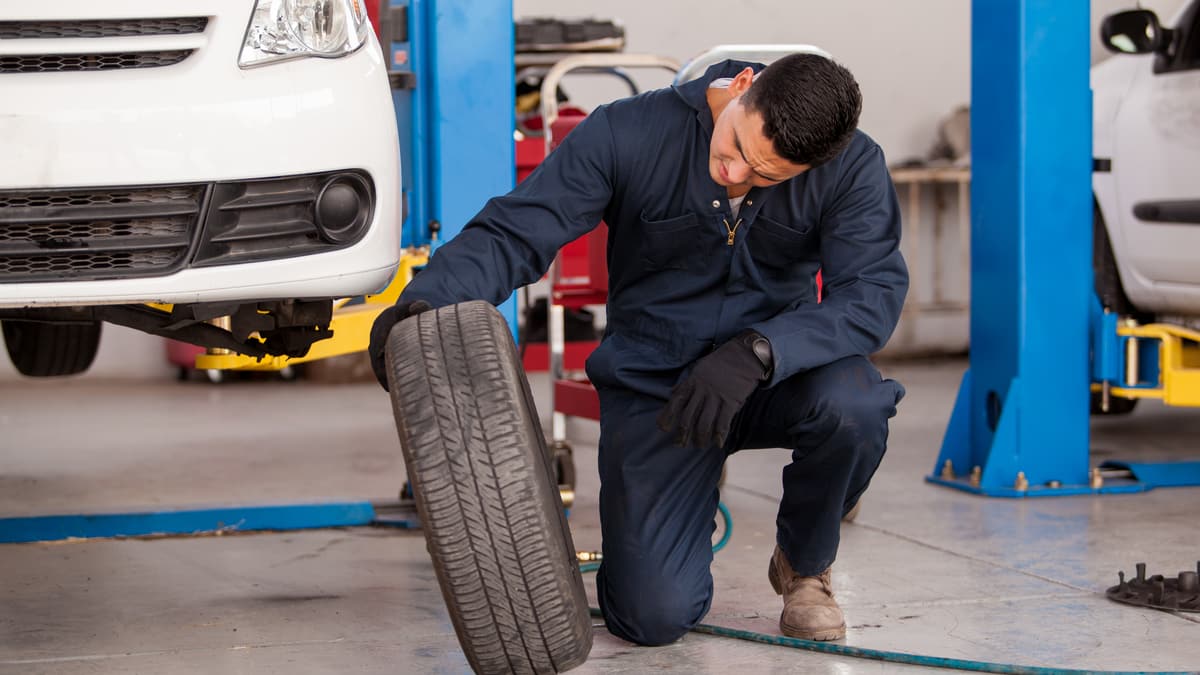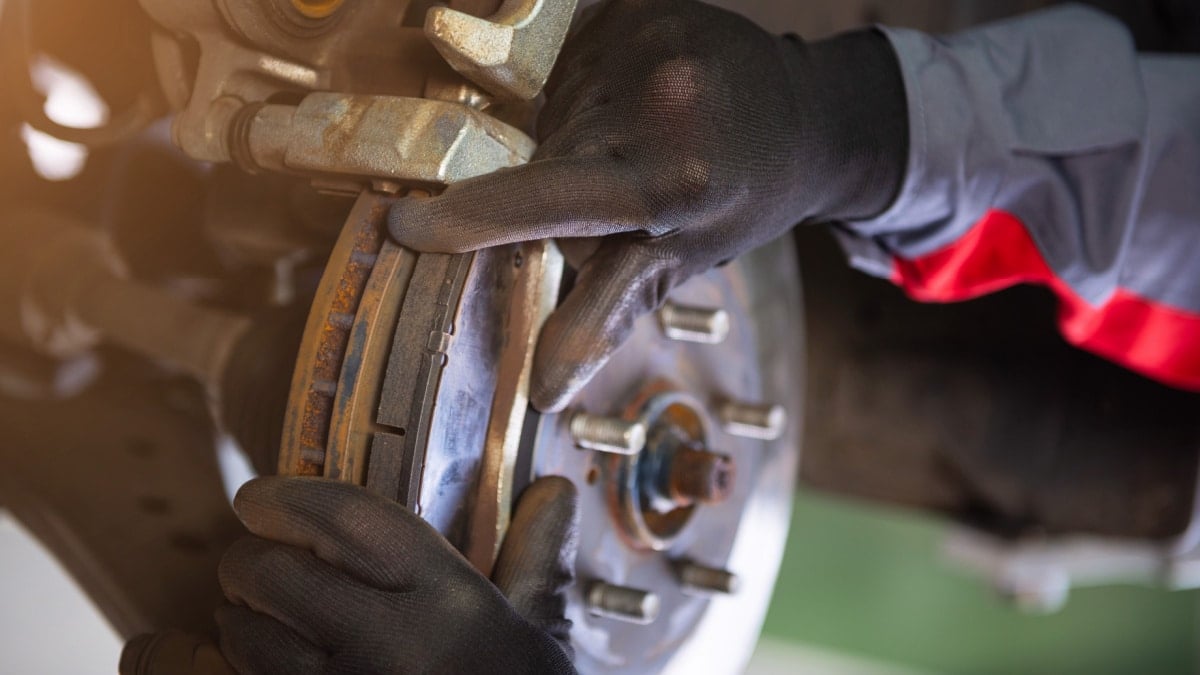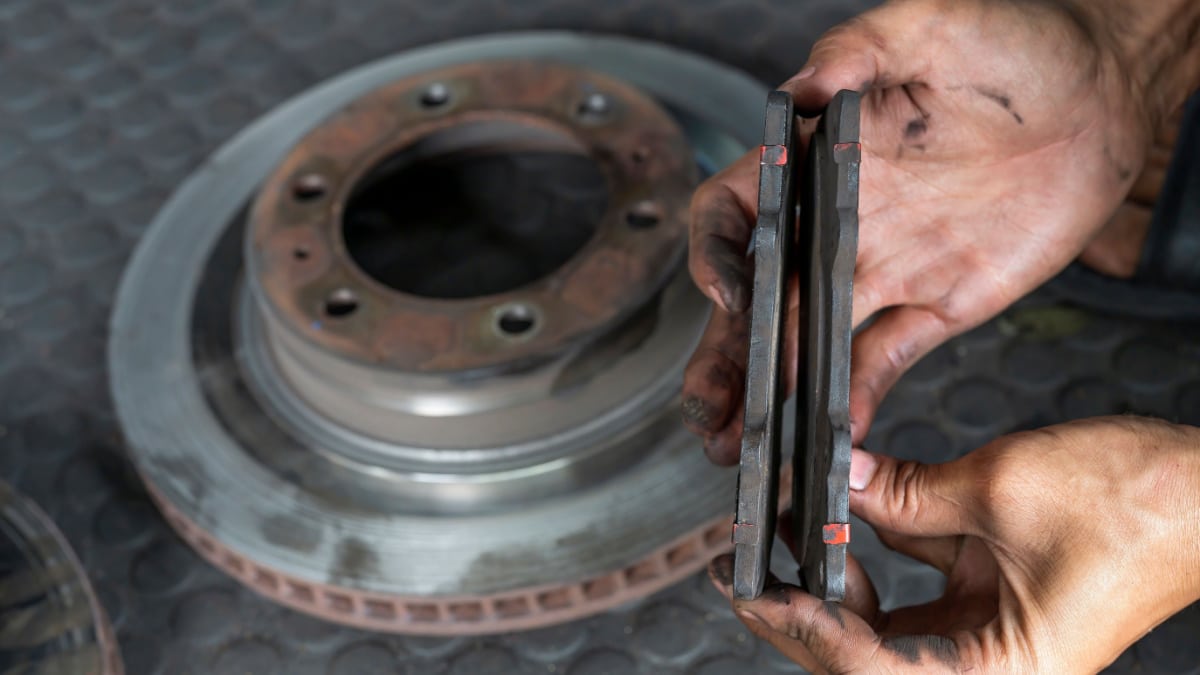Your brakes are one of the most important automotive systems standing between you and your next accident. If the brake pads aren’t working properly, you might not be able to stop your car before it hits whatever is in front of it. That’s why it is important to know the tell-tale signs that it’s time to replace your brake pads.
From strange noise to odd vibrations, the brake pads will tell you when it’s time for replacement – you just need to pay attention. I review the top five signs to learn when it’s time to change brake pads, and discuss how often you should install new brake pads.
How Often Should You Change The Brake Pads?
Most manufacturers recommend changing the brake pads every 40,000 to 50,000 miles. However, if you notice any of the signs we will discuss below, you want to change the brake pads immediately. Allowing brake pads to become too thin can lead to more costly issues, such as a brake rotor replacement.
Additionally, your driving style and the type of brakes you buy will affect how often they need to be replaced. For example, if you spend a lot of time in stop and go traffic, you will probably need brake pad replacement more often than a driver who commutes every day on the highway. Additionally, two-footed drivers tend to step on the brakes more often than necessary, leading to more frequent brake pad replacement.
5 Signs It’s Time to Replace Your Brake Pads
The main signs it’s time to replace your brake pads include:
- Strange noises when braking
- Vibrations when braking
- Longer brake stopping times
- Brake Pad Indicator Light
- Thin Brake Pads
Here is a more detailed list of the signs that it’s time to replace your brake pads:
1. Strange Noises

The most noticeable symptom that the brake pads are going bad is a strange noise that occurs when braking. Most often, you will hear squealing or squeaking at first. While this noise indicates worn out pads, it could also be caused by moisture.
If the sound stops after using the brakes a few times, you have nothing to worry about.
Otherwise, you want to have the brakes checked right away, before you start hearing grinding noises. Once the pads are excessively worn, the metal wear indicators begin to cause a loud grinding sound. This noise can also occur if the pads are rubbing metal-to-metal against the rotors.
If you don’t change the brake pads before this occurs, you are looking at more expensive repairs. By this time, you will likely need to replace your brake rotors too.
2. Vibration
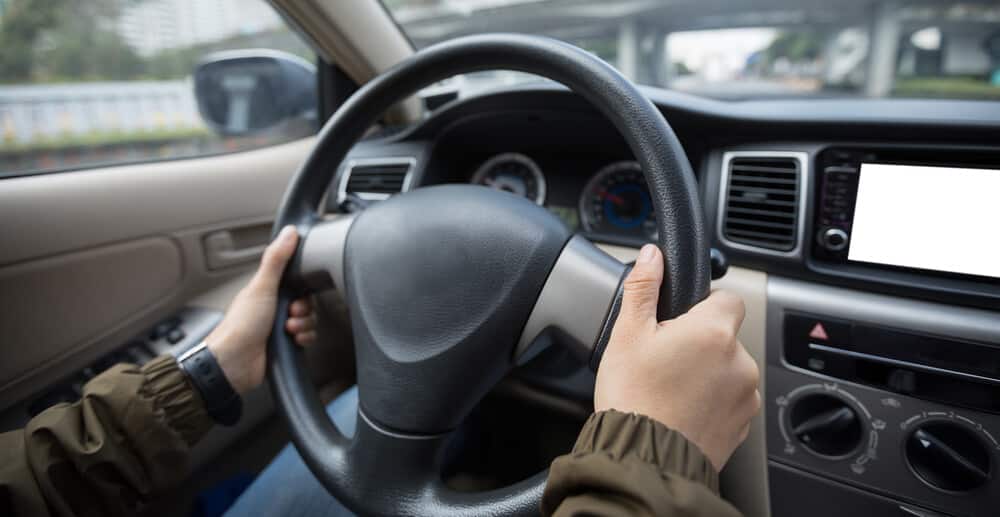
When you press the brake pedal in your car, it should operate smoothly and bring you to a stop with ease. However, vibration can occur in the brake pedal when the pads start to wear out.
The vibration can become bad enough that you might feel it through the steering wheel. At this point, it’s likely that the brake rotors have become warped and will also require replacement.
RELATED: 5 Symptoms of Worn Brake Pads
3. Longer Stopping Times

You expect your brakes to work seamlessly when you step on the pedal, but as the pads wear out, the operation might start to fail. When there is a loss of performance, it’s time to have the brake pads looked at.
In most cases, it’s just a matter of installing new brake pads. However, there’s also the chance that your brake fluid might be running low, possibly from a leak in the system. To find out what the cause is, a complete inspection is in order.
4. Brake Pad Indicator Light
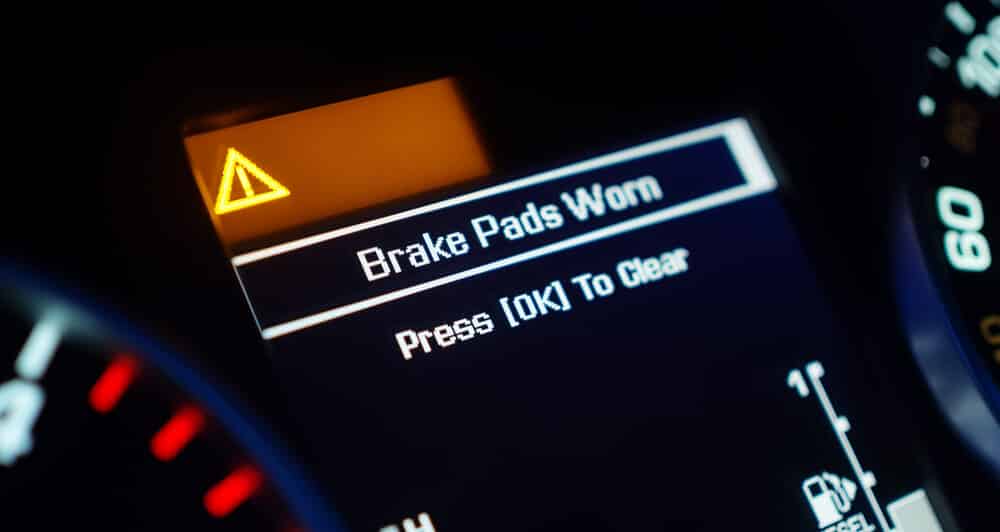
Newer vehicles have advanced alerts for just about every system, including the brakes. If you have a Brake Pad Indicator Light with your vehicle, this could illuminate when the pad material is getting too thin.
The ABS (Antilock Braking System) light is also on the dashboard, but this light doesn’t indicate the status of the brake pads. Instead, it is used to alert you when problems exist with the ABS.
5. Thin Brake Pads
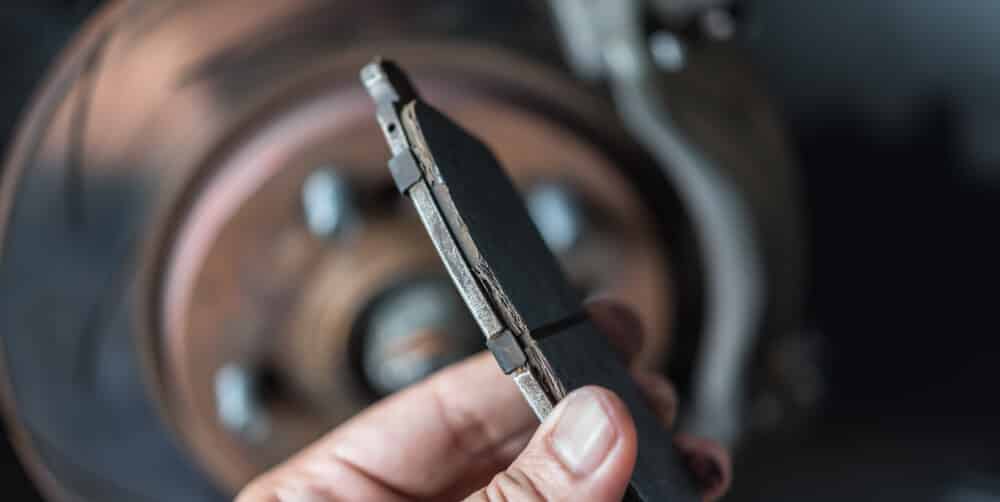
If you are mechanically inclined, you can check the brake pad thickness at home. It isn’t difficult to perform this visual inspection.
Use a flashlight and look through the wheel spokes on your car. When you locate the brake pad, you want to pay close attention to the thickness. If the material appears to be ¼-inch thick or less, it’s time for new brake pads.
RELATED: 4 Signs It’s Time to Replace Your Brake Rotors & How Often to Replace
RELATED: Ceramic vs Organic Brake Pads – Which is Better?
Brake Pad Replacement Cost
The brake pad replacement cost averages around $150 for each axle. If you can perform the brake pad replacement yourself, you can save yourself some money on labor costs. You only need basic automotive tools to change the brake pads, but you’ll still need help if the rotor needs to be resurfaced.
However, these prices rise dramatically if you drive a luxury model or you choose more expensive brake pad materials. The lowest-cost brake pads are made from organic material. However, the more expensive composite brake pads include metal in the material, providing greater heat resistance and ensuring less brake fade when used in heavy applications, such as towing or hauling.
Categories: Brakes, Maintenance
